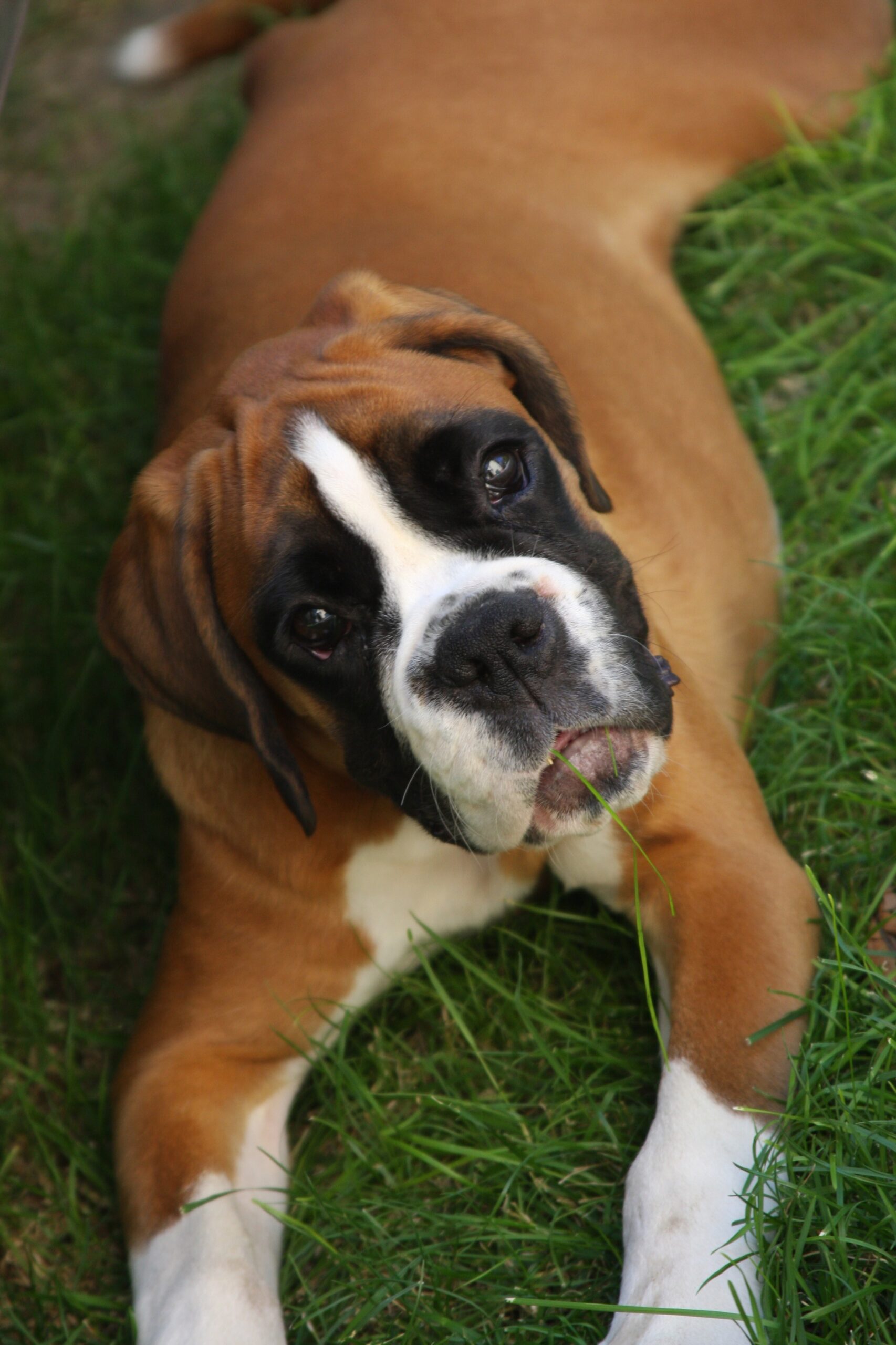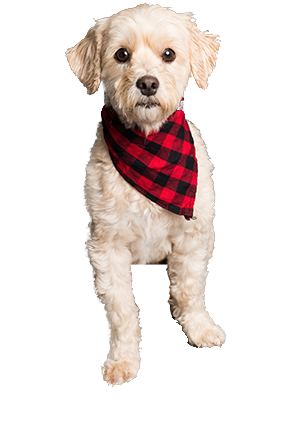
Introduction
Boxer dogs are incredibly popular as family pets, especially for families with children. Their friendly and playful nature, combined with their loyalty and protective instincts, make them an excellent choice for households with kids. However, it's important to note that proper training and socialization are crucial to ensure safe interactions between Boxer dogs and children. Let's delve deeper into the benefits of having Boxers as family pets and discuss the importance of training and socialization.
Benefits of Boxer Dogs for Families with Children
Boxers are known for their energetic and playful nature, making them a perfect match for families with children. They have a natural affinity for kids and enjoy being part of family activities. Whether it's playing fetch in the backyard or going for long walks, Boxers are always ready for an adventure with their human companions. Their high energy level means they can keep up with active kids, making them great playmates.
- Energetic Playmates: Boxers are durable and can withstand rough play, ensuring they can handle the enthusiasm of young children. Their patience and tolerance towards kids allow for a harmonious relationship within the family.
- Affectionate Companions: Boxers are known for their affectionate nature, forming strong bonds with their human family members. Their protective instincts make them reliable guardians who look out for the safety of children.
- Minimal Grooming Needs: Boxers require minimal grooming and regular dental care, making their maintenance easier for busy families. Their average lifespan of 10 to 12 years provides families with many years of companionship.
- Protective Nature: Boxers instinctively position themselves between children and potential threats, providing peace of mind for parents.
- Exercise Needs: Boxers require regular exercise and a securely fenced yard to ensure their well-being. This helps prevent boredom and destructive behaviors.
Importance of Training and Socialization for Boxer Dogs
Proper training and socialization are essential for Boxer dogs to thrive in a family environment. Training helps shape their behavior and ensures the safety of both the dog and the child.
- Positive Reinforcement: Using positive reinforcement techniques, such as reward-based training and clicker training, is highly effective for Boxers. These methods promote good behavior and strengthen the bond between the Boxer and the family.
- Establishing Boundaries: Training helps establish boundaries, teach good manners, and prevent behavioral issues. For example, teaching a Boxer to sit using treats and praise reinforces desired behaviors.
- Socialization: Exposing Boxers to different people, animals, and environments helps them develop social skills and reduces the likelihood of fear or aggression. Puppy socialization classes and playdates with well-behaved dogs can greatly contribute to their social development.
Tips for Introducing Boxer Dogs to Children
Introducing Boxer dogs to children should be done gradually and under supervision to ensure a positive and safe experience for both the Boxer and the child.
- Gradual Introduction: Allow the dog to approach the child at their own pace, helping to build trust and confidence. Positive associations during the introduction can help create a positive connection.
- Teach Safe Interactions: Educate children on how to interact safely and respectfully with Boxers. They should be taught to be gentle, avoid actions that may cause discomfort, and recognize signs of the Boxer's unhappiness.
- Supervision and Boundaries: Always supervise interactions between Boxers and children. Set clear boundaries to ensure safe and appropriate interactions.
Signs of Discomfort or Aggression in Boxer Dogs
Recognizing signs of discomfort or aggression in Boxer dogs is crucial to prevent unwanted incidents. Some signs include:
- - Growling
- - Showing teeth
- - Raised fur
- - Tail in an upright position
- - Yawning
Educating families on these signs can help ensure the safety of both the Boxer and the children.
Creating a Safe Environment for Boxer Dogs and Children
Creating a safe environment is essential for the well-being of both the Boxer and the children. This includes:
- Securing Hazards: Store trash, medications, and toxic substances out of reach to prevent accidents.
- Quiet Space: Provide a designated area for the Boxer to retreat to when they need peace and quiet.
- Supervision: Always supervise playtime and interactions to prevent accidents and ensure a safe environment.
Conclusion
Boxer dogs can be wonderful family pets, particularly for households with children. Their energetic nature, durability, and protective instincts make them an excellent choice for families seeking a loyal and playful companion. However, establishing proper training, supervision, and safe interactions is crucial to ensure a healthy and safe relationship between the Boxer and the children. With the right preparation and care, Boxer dogs can form lifelong bonds with their human companions, creating cherished memories that will last a lifetime.


i love it full of information